Geographical environment of Honduran coffee producing area in Central and South America cup test of Honduran coffee bean varieties
Honduran coffee has an excellent flavor. Cafe de Honduras is synonymous with its people, traditions and harmony with the environment. Coffee production is a way of life for more than 100000 families who benefit from the production of this agricultural product.
The vast majority of coffee produced in Honduras comes from 210 of the country's 298 municipalities and 15 of the country's 18 provinces, creating more than 1 million jobs or about 38 per cent of agricultural GDP. The quality of Honduran coffee is a direct result of the combination of national geographic diversity and the meticulous work of our producers throughout the production chain from farm production, processing, sun-drying and preparation for export.
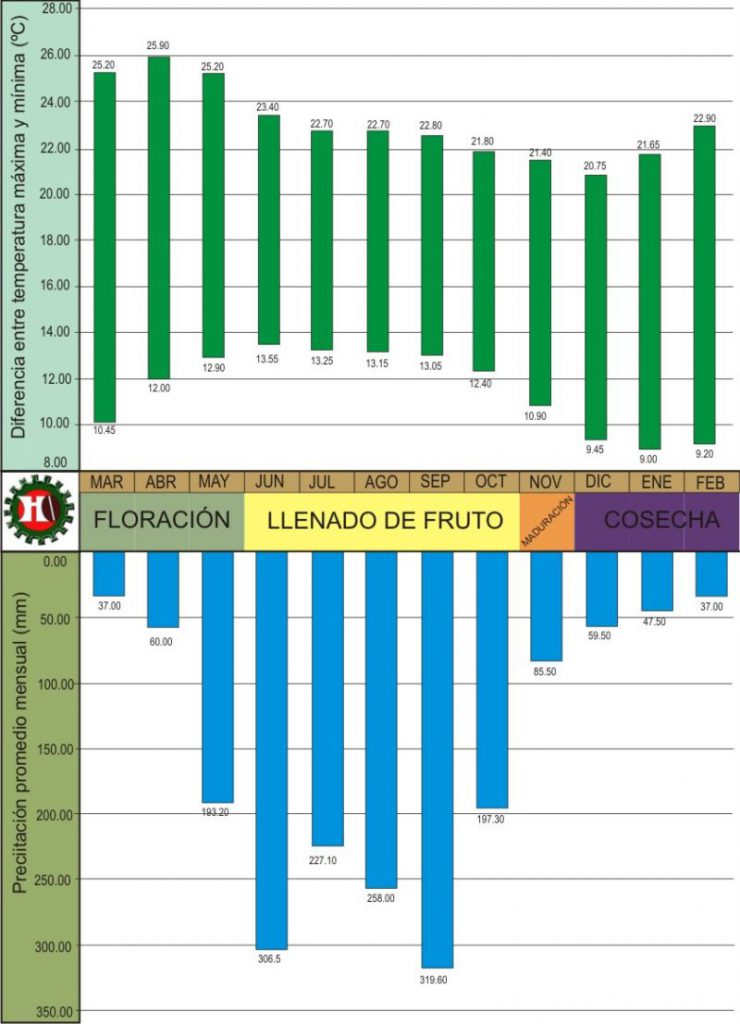
COPAN REGION
With characteristics:
Chocolate-flavored coffee, round, well-balanced and long aftertaste.
Geographical location:
Copan, Alcotepec, part of Lompilla, Cortez and Santa Barbara.
Altitude (MSNM):
1000-1500
Precipitation (MM):
1300-2300
Temperature °C:
11.5-22.3
Shade type:
Inga, Fruity, Forest
Varieties:
Bourbon, Caturra, Catuai
Harvest time: November to March
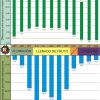
OPALACA REGION
Cup test features:
Coffee with delicate acidity complements the flavors of tropical fruits such as grapes and blackberries with a sweet finish and a flat wine.
Geographical location:
Santa Barbara, Intibuca and Lempira
Height (MSNM):
1100-1500
Rainfall (MM):
1400-1950
Temperature °C:
14.2-21.4
Shade type:
Inga, Fruit trees, Forest
Variety:
Bourpic 、 Tycai
Epoca harvest:
November to February
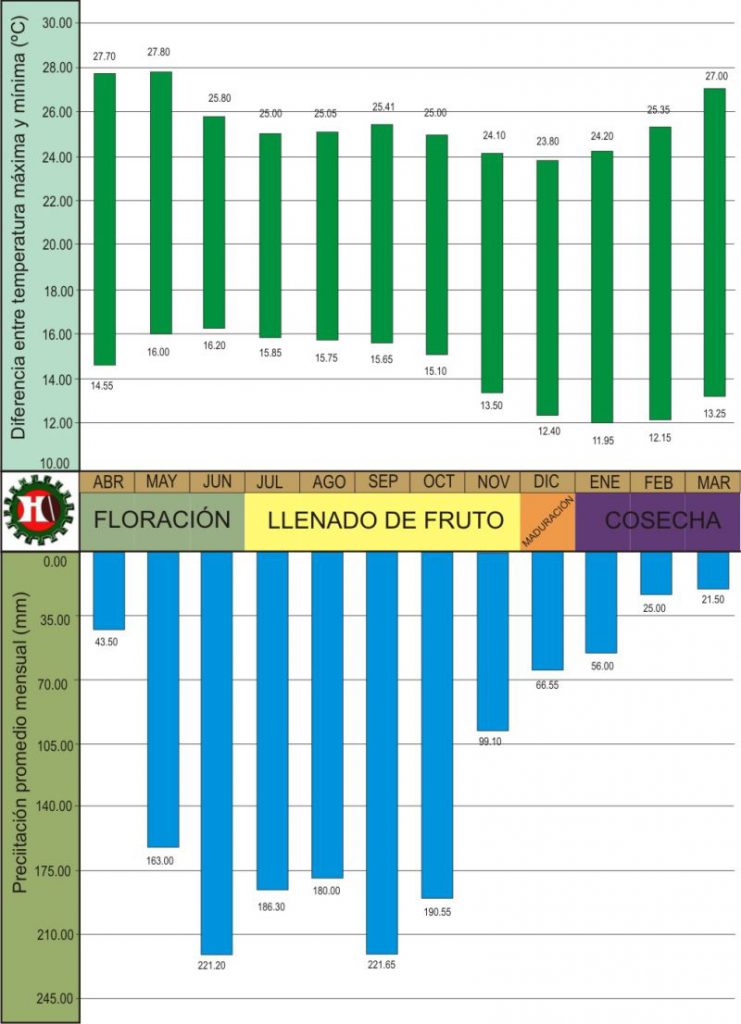
MONTECILLOS REGION
Cup test features:
Fruity and sweet coffee with lively and bright acidity, with aromas of oranges and peaches, creates a vibrant drink with a seductive finish and a smooth body.
Geographical location:
La Paz, Komayagua, Santa Barbara and Intibuka.
Altitude (MSNM):
1200-1600
Precipitation (MM):
1300-2300
Temperature °C:
12.0-21.2
Shade type: English
Plus, fruity, forest, pine
Variety:
Bourbon, Kaduai, Kaddura, Pacas April
Harvest time:
December to 21 January
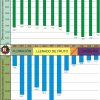
COMAYAGUA REGION
Cup test features:
Coffee with sweet citrus aroma, acidity is vibrant citrus, with sweet chocolate taste and creamy body.
Geographical location:
Comayagua, Francesco Morazan
Height (MSNM):
1000-1500
Rainfall (MM):
1350-1700
Temperature °C:
14.0-22.0
Shade type: English
Canada, fruit trees, forest
Variety:
Bourbon, Hadula,
Season Typica:
December to March
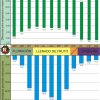
EL PARAISO REGiON
Cup test features:
Citrus-flavored coffee has a sweet aroma, smooth body, delicate acidity and a long finish.
Geographical location:
El Paraiso and Cholutka and Olanjo.
Height (MSNM):
1000-1400
Annual rainfall (MM):
950-1950
Temperature °C:
16.0-22.5
Masked:
Inga, Frutales, mountain goods
Variety:
Catuai,Caturra
The harvest of the Times:
December to March
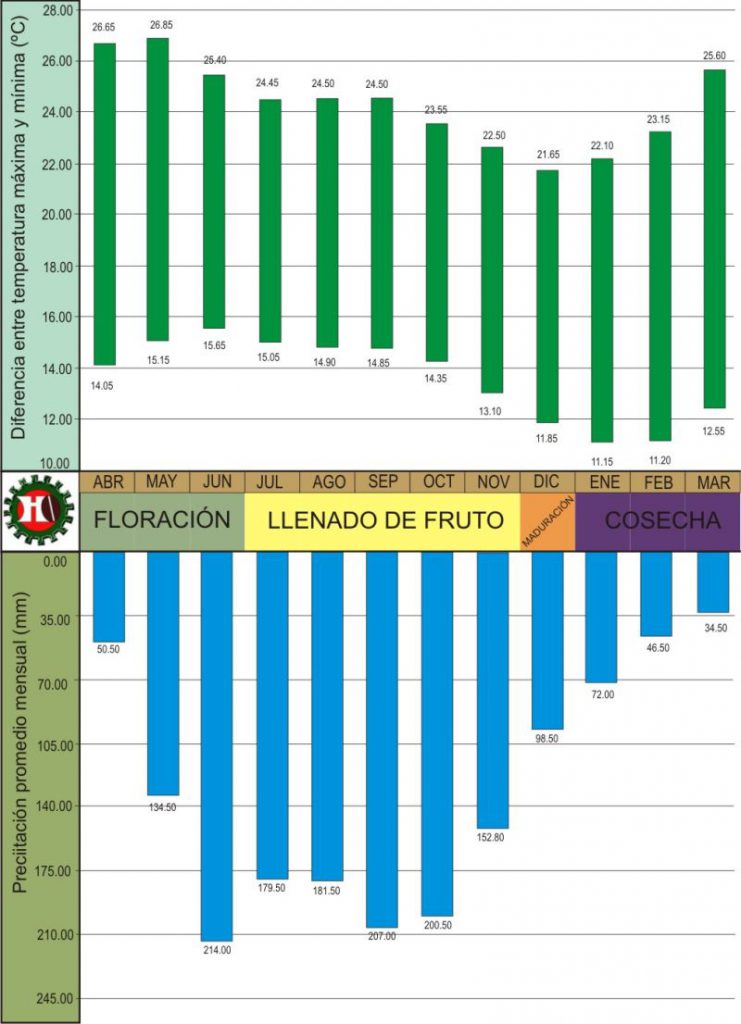
AGALTA REGION
Cup test features:
Coffee with different tropical fruit flavors, with aromas of caramel and chocolate, sweet aftertaste and obvious acidity.
Geographical location:
Olancho,Yoro
Height (MSNM):
1000-1400
Rainfall (MM):
1300-1950
Temperature °C:
14.5-22.5
Shade type:
Inga, Fruity, Forest
Variety:
Bourbon, Caturra, Typica December
Harvest
To March
Important Notice :
前街咖啡 FrontStreet Coffee has moved to new addredd:
FrontStreet Coffee Address: 315,Donghua East Road,GuangZhou
Tel:020 38364473
- Prev

Burundian Coffee turnaround History Story of Burundian Coffee beans and washing stations
In 2006, before Burundi became famous for producing premium coffee, La Bodega CEO and Purchasing Director Jason Long ventured to buy his first miniature batch from Sogestal Kayanza to buy the relationship at a price well above the market price. Since then, La Bodega has purchased directly from Sogestal Kayanza, from dozens of washers each year
- Next
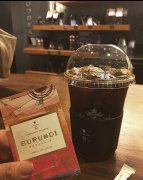
The Historical Development of Burundian Coffee Bean Industry the Progress of Coffee Farmers and the Story of Excellence Cup
The competition will increase fame for a short time and bring about a new wave and rapid development and progress in the industry. No, in addition to the spiritual impact, there are substantial economic changes. For example, the excellent Cup held in Burundi in 2012 not only changed the fate of award-winning farmers, but also enhanced the status of Burundian coffee in the world. Held for the first time since 1999
Related
- Detailed explanation of Jadeite planting Land in Panamanian Jadeite Manor introduction to the grading system of Jadeite competitive bidding, Red bid, Green bid and Rose Summer
- Story of Coffee planting in Brenka region of Costa Rica Stonehenge Manor anaerobic heavy honey treatment of flavor mouth
- What's on the barrel of Blue Mountain Coffee beans?
- Can American coffee also pull flowers? How to use hot American style to pull out a good-looking pattern?
- Can you make a cold extract with coffee beans? What is the right proportion for cold-extracted coffee formula?
- Indonesian PWN Gold Mandrine Coffee Origin Features Flavor How to Chong? Mandolin coffee is American.
- A brief introduction to the flavor characteristics of Brazilian yellow bourbon coffee beans
- What is the effect of different water quality on the flavor of cold-extracted coffee? What kind of water is best for brewing coffee?
- Why do you think of Rose Summer whenever you mention Panamanian coffee?
- Introduction to the characteristics of authentic blue mountain coffee bean producing areas? What is the CIB Coffee Authority in Jamaica?

